Just released
Climate Resilience Priority-Setting in Mine Action – Methodology Guide
The purpose of the Climate Resilience Priority-Setting in Mine Action – Methodology Guide is to support national mine action authorities and national mine action centres in incorporating climate resilience considerations within...
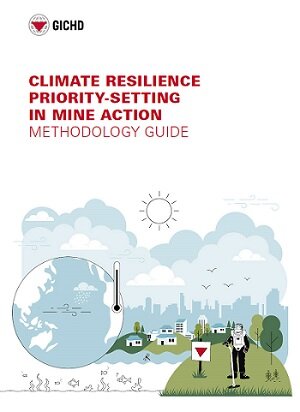
- Available in English
Underwater Explosive Ordnance
This publication offers an overview of international underwater explosive ordnance (EO) contamination, highlighting its impact, current management strategies and key challenges. Through literature review, data-driven analysis, and...
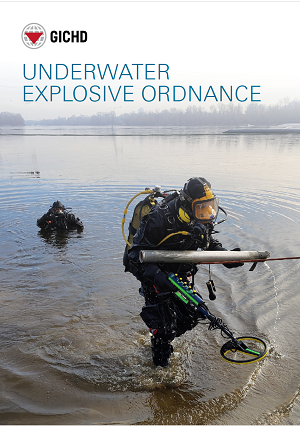
- Available in English
Climate Resilience Priority-Setting in Mine Action – Methodology Guide
The purpose of the Climate Resilience Priority-Setting in Mine Action – Methodology Guide is to support national mine action authorities and national mine action centres in incorporating climate resilience considerations within...

- Available in English
Underwater Explosive Ordnance
This publication offers an overview of international underwater explosive ordnance (EO) contamination, highlighting its impact, current management strategies and key challenges. Through literature review, data-driven analysis, and...

- Available in English
Mine Action and the Resilience of Communities to Climate Change
Climate resilience – the ability or capacities of populations to cope with and respond to climate change-related hazards – has gained increased attention in recent years, including in the mine action sector. Why? 60 per cent of...
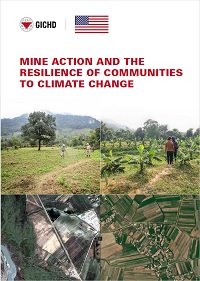
- Available in English
Guide to the Ageing of Explosive Ordnance in the Environment
The GICHD Guide to Ageing of Explosive Ordnance in the Environment seeks to provide a summary of what is known to date on this subject. Building on research conducted by partners in the sector over recent decades, this guide is...

- Available in English
GUIDE TO EXPLOSIVE ORDNANCE POLLUTION OF THE ENVIRONMENT
Mine action survey and clearance operations have always focused on the contamination that can be seen. Whether it is anti-personnel (AP) mines, anti-vehicles (AV) mines, or explosive remnants of war (ERW), our efforts focus on...
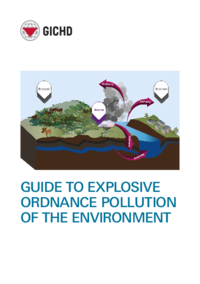
- Available in English
UNISDR Scientific and Technical Advisory Group Case Studies 2015 | The use of Geographic Information Systems for environmental impact assessments in Mine Action
The 'do no harm' approach to mine action requires that mine action organisations consider the possible negative impacts of mine clearance operations. They must ensure they do not lead to longer-term vulnerability or threaten...
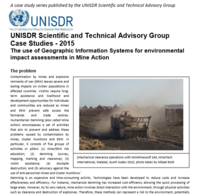
- Available in English
Do no harm in mine action | Why the environment matters
Explosive remnants of war negatively impact the environment and some clearance methods used by mine action organizations can potentially lead to environmental degradation. Mine action organizations need to consider the negative...
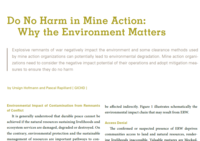
- Available in
Environmental risks of remnants of conflict: How to 'do no harm' in mine action
One of the core objectives of mine action is the safe removal and destruction of the remnants of conflict in order to make land safe and accessible, thereby contributing to sustainable development. However, the methods used by...
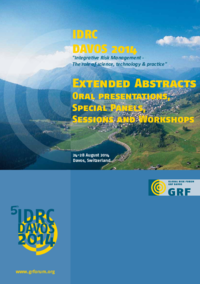
- Available in English
'Do no harm' and mine action: Protecting the environment while removing the remnants of conflict
In times of armed conflict, the environment might be targeted deliberately to reach military or political goals. However, most of the environmental damage resulting directly or indirectly from armed conflict can be understood as...

- Available in English
GICHD Geomine Demonstration Test 15 January 2014
In 2013, the Geneva International Centre for Humanitarian Demining (GICHD) participated as the lead observer in the Geomine demonstration test in Wittstock, Germany.
The technology demonstrated focuses on reducing suspect...

- Available in English
